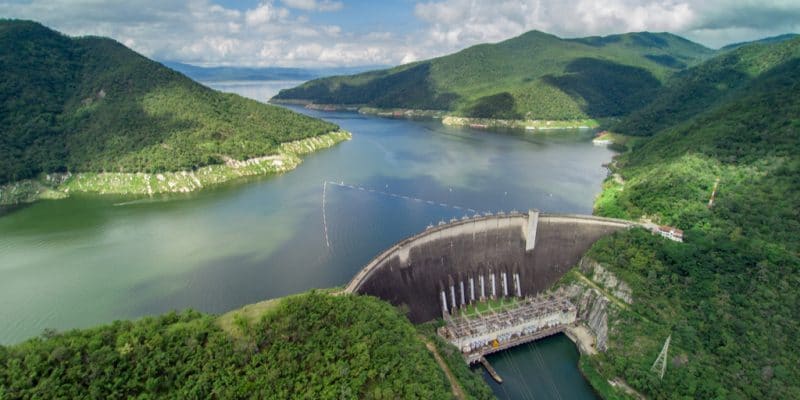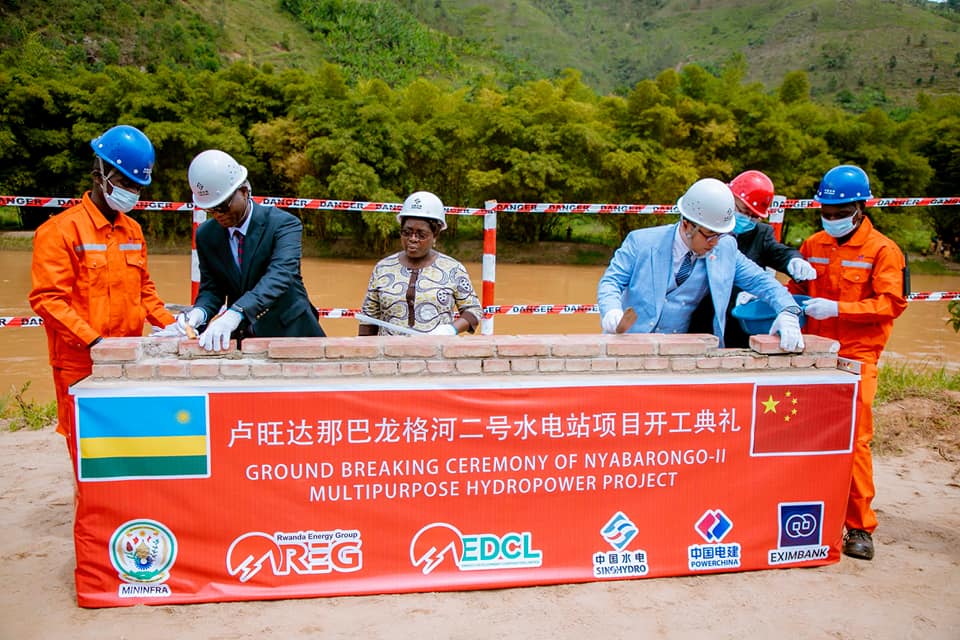
Proposed master plan of Muvumba multipurpose water dam
The budget for the fiscal year 2022-23 took effect starting this July 1, 2022 following parliament passing the bill.
The budget worth Rwf4, 658 billion will focus on a number of midterm and long term projects to ensure post COVID-19 economic recovery and attainment of the National Strategy for Transformation (NST1).
During the budget presentation to parliament late last month Minister of Finance and Economic Planning, Uzziel Ndagijimana said that the biggest share of projects funding will be infrastructure, especially energy and roads.
Toping the infrastructure agenda are a rural electrification project worth Rwf14.2billion and Muvumba water dam for irrigation and distribution of electricity in homes around the area at Rwf29.2billion.
The 43.5-MW Nyabarongo II hydro power project in which government will inject over Rwf16billion will also be top priority and so will the joint Rwanda-DRC electricity project worth Rwf13billion.

Rwanda will also invest Rwf 9.2 billion in Mamba –Rwabusoro-Rulima electrification line.
Rwanda targets to reach an ambitious target of 100% access to electricity for all by 2024. As on this July, figures show that 71.92% homes have access to electricity.
In other areas of energy, the country will invest Rwf8.4billion in construction of fuel storage facilities (60million cubic litres) worth Rwf14.7billion in Rusororo, and Rusomo-Bugesera-Sango power line project will take .
As far as agriculture is concerned, the government plans to modernize agriculture and livestock especially in post harvest management and livestock value chains and exports.
This is coupled with subsidizing fertilizers and increasing arable land to ensure an enabling environment in the agriculture sector by 2024.
For example, Rwanda plans to construct dried seed storage silos worth Rwf7.4billion to guarantee food storage and supply amidst the Ukraine-Russia crisis.
With the anticipated Bugesera international airport, Minister Ndagijimana said that the upgraded Sonatube- Gahanga- Kagera road is near completion and was budget at Rwf9.7billion.
Other routes budgeted for this year include Kagitumba-Gabiro Rwf5.7billion, Nyagatare Rukomo Rwf4.8billion, rehabilitation of Kibeho-Huye-Ngoma road with Rwf8.2billion, Ngoma-Ramiro Rwf23.8billion and several road networks in Kigali city at Rwf40billion.
Social welfare
The government targets to increase access to improved water source and sanitation facilities at 100% by 2024. The current access rate is 87% due to high costs of service provision depending on the concerned areas.
The report by Water and Sanitation Corporation (WASAC) indicates that their current water production capacity is 267,660 m3 against the projected demand of 444,995 m3 per day by 2024 due to increased pace of urbanization in Kigali and secondary cities.
This fiscal year will see an improvement in water treatment and sanitation with a project budgeted at over Rwf15billion, tapping on Akagera river water with Rwf4.9billion and rehabilitation of water plants budgeted at Rwf10.2billion.
In education, the construction of technical education schools and facilities will cost Rwf18.4billion while putting various infrastructures in the University of Rwanda campuses was budgeted at Rwf7.3billion.
On the other side, teacher staffing and training will take Rwf23.5billion.
With an average stunting of 38% in the country, Rwf10.7billion will be invested in reviewing the stunting rate downward with Rwf12billion to provide nutritious food for children between 6 to 12 years of age.
Fighting COVID-19 will cost a budget of Rwf28.4billion while Malaria and other infectious diseases like Tuberculosis will cost a lofty budget of Rwf85billion.
ICT services will take Rwf4.1billion while innovation projects will get Rwf1.6billion.

